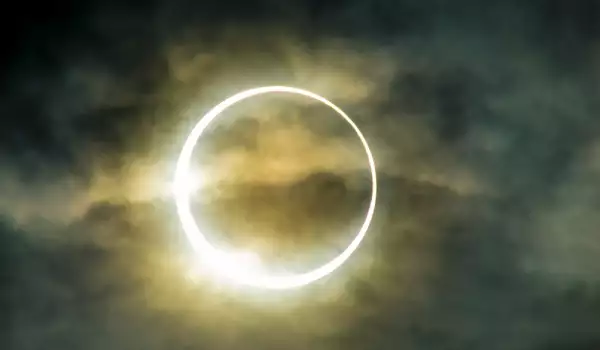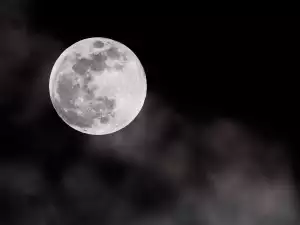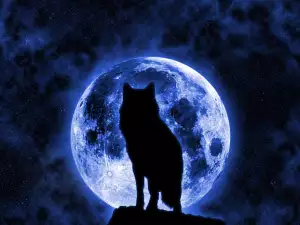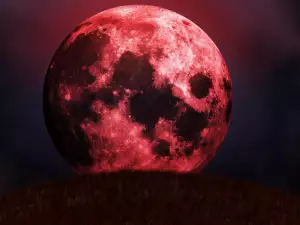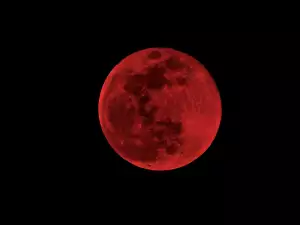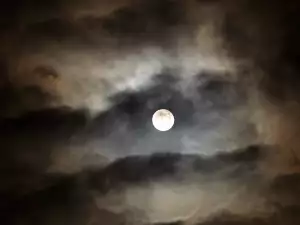On September 28 we'll be given the opportunity to observe one of the rarest cosmic phenomena - the lunar eclipse of a supermoon.
Those who miss it will be given the chance to witness one again in 2033. NASA confirms that the heavenly phenomenon really is rare, having last occurred in the year 1982.
On the night of the 28th, the moon will be in a perigee phase - at its closest possible distance to the Earth. Scientists call this phase a "supermoon", since the natural satellite looks larger than normal.
A supermoon can be witnessed up to several times a year but this September it will coincide with the traditional lunar eclipse.
Residents of Europe, Africa, West Asia, the eastern part of the Pacific Ocean and North and South America will be able to see the astronomical phenomenon.
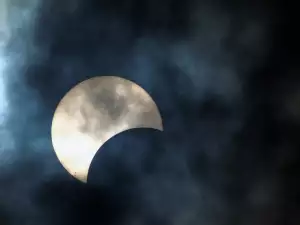
Astronomers promise a more than impressive sight to behold. Unlike other eclipses, this time the moon will be 14% larger and glow 30% brighter in the sky.
Despite the numerous superstitions, astronomers are categorical that the supermoon does not exhibit any kind of health-related, emotional or psychological influence on the Earth.
The supermoon phenomenon is owed to the fact that the celestial object orbits the Earth in an elliptical, not a perfectly round, orbit. Therefore, there are times when it finds itself closer to our planet and other times when it is farther away.
The moon can drift 252 028 mi (405 600 km) away from the Earth, while during its perigee phase it comes to a distance of 225 993 mi (363 700 km) from it.
The average distance between the Moon and Earth is 238 855 miles (384 400 km).
We become witnesses to lunar eclipses when the Earth, Moon and Sun all line up so that our planet casts a shadow on its natural satellite and the moon briefly vanishes from the sky.
Such events take place between 2 to 4 times per calendar year, with it visible in the zodiac sign of Aries this time around.
